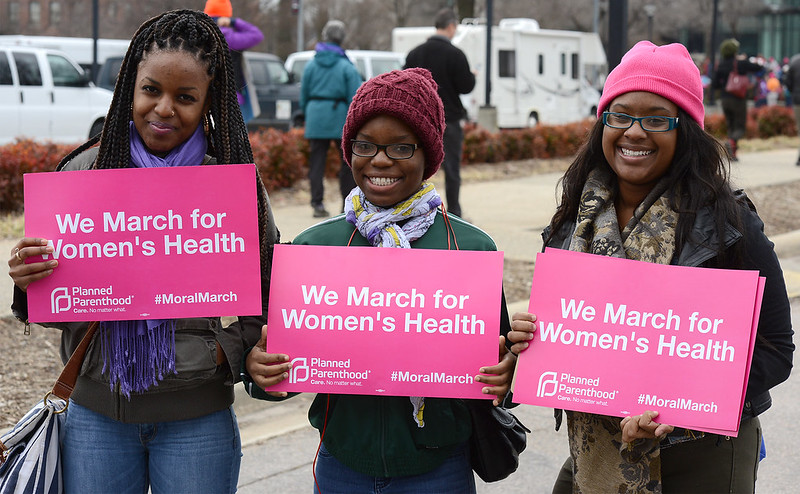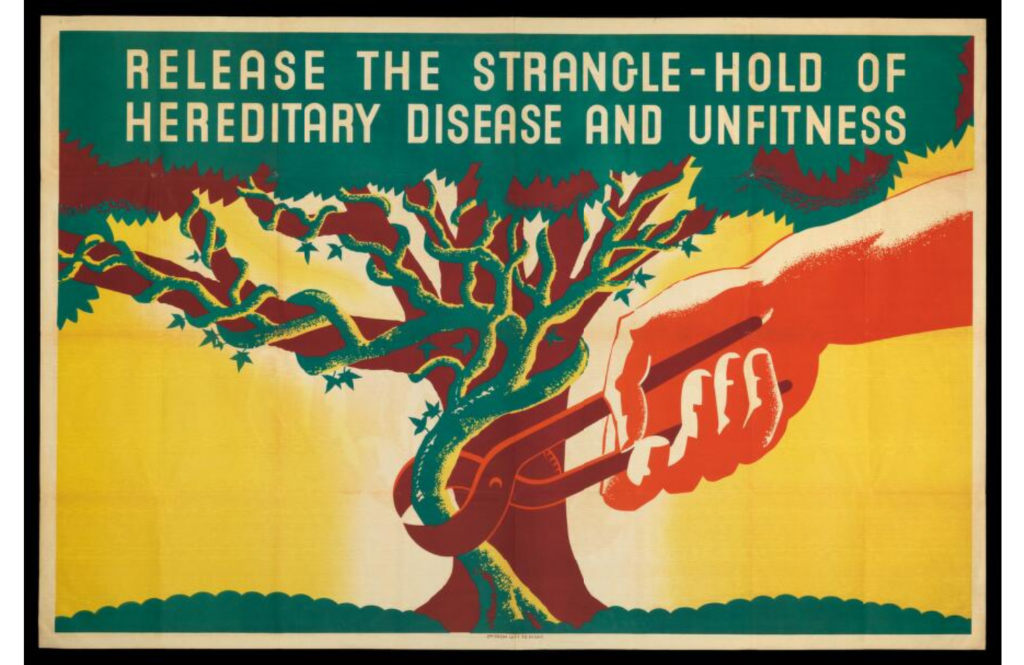
Throughout the process of writing Policing The Womb: Invisible Women and the Criminalization of Motherhood, I struggled to understand what accounts for this period of policing the womb, the vileness directed at women, and the various indignities cast upon indigent women by the state. I filled notepad after notepad with names and stories.
Among the many disturbing narratives was that of 12 women sodomized and raped by police officer Daniel Holtzclaw, who literally policed and terrorized their bodies. He raped one of his victims while she was handcuffed to a hospital bed. She testified that she had to think about survival while he raped her. Another victim was underage.
According to the lawsuits,
“Holtzclaw’s actions were part of a common pattern and practice of sexually assaulting middle-aged African American females whom he identified as vulnerable to his sexual abuse and whom he believed would either be reluctant or unwilling to come forward or who would not be believed if they did come forward.”
These women were not policed because of pregnancy or the potential to become pregnant, but because of their race, poverty and sex. It is these very biases—poverty, sex and race—that motivate reproductive policing.
On the one hand, this is nothing new; Black women experienced reproductive horrors during chattel slavery, and in many cases their reproductive rights barely improved during Jim Crow, when eugenics policies resulted in coercive state sterilizations—so much so that in Mississippi forced sterilization against Black women became known as the “Mississippi Appendectomy.”
Dr. Marion Sims notoriously lacerated, punctured and then sutured the uteruses of the enslaved women he kept at his home.
Sims regularly tortured Black women he rented as human research subjects, nightly lacerating their wombs and conducting experiments, denying them anesthesia in the process. He was doubtful of their ability to experience pain.
Today he is hailed as the “father of gynecology,” and the namesake of many gynecological devices, like the Sims vaginal speculum—though several petitions now call for them to be renamed. And until recently, a statue of him adorned Central Park in New York City. (Unsurprisingly, in 2017 someone spray-painted the word “racist” on said statue, months before its subsequent removal.)

Mere years after slavery’s abolition, American lawmakers launched an aggressive assault on poor women through eugenics laws, upheld by the U.S. Supreme Court in Buck v. Bell. In that 1927 decision, the Supreme Court claimed:
“Three generations of imbeciles are enough … It is better for all the world, if instead of waiting to execute degenerate offspring for crime, or to let them starve for their imbecility, society can prevent those who are manifestly unfit from continuing their kind.”
Justice Oliver Wendell Holmes, author of the Court’s opinion wrote:
“The principle that sustains compulsory vaccination is broad enough to cover cutting the Fallopian tubes.”
The Third Reich in Nazi Germany learned from this, borrowing directly from the Virginia eugenics law upheld by the Supreme Court. This is how the Germans started their eugenics efforts. In fact, Joseph S. DeJarnette, superintendent at a Virginia hospital, lamented “the Germans are beating us at our own game.”
Fitter family contests took place throughout the U.S., with families lining up throughout the country to show that they were “fit.” States gave awards to white families that could prove their “fitness.”
For the victims—poor white women, Indigenous women, Latinas and Black women—this was state-sponsored terrorism.

Even in the 1970s, states continued to carry out these practices. In 1974, Alabama sterilized sisters Mary Alice and Minnie Relf, aged 14 and 12 respectively. Years later, a lawsuit filed by the Southern Poverty Law Center on behalf of the Relf sisters revealed that federally funded programs sterilized 100,000 to 150,000 people each year. Clearly, some of those sterilizations may have been voluntary, but the majority were likely facilitated through coercive means.
In Puerto Rico, it is estimated that one-third of its female population was sterilized. So common it was called, “la operación” (the operation).
It’s unknown how many American women in total suffered this fate—or continue to, as Buck v. Bell was never overturned. For example, a 2013 legislative report conducted by California’s state auditor Elaine Howe found “numerous illegal surgeries and violations of the state’s informed-consent law.” The investigator reported that nearly 150 women were sterilized while incarcerated in California prisons during the period 2006–2010.
In a letter to former Governor Jerry Brown, Howe wrote that in some instances, women were sterilized without physicians signing the forms or certifying the competency of the women or that they understood the lasting effects of the procedure. In other instances, the state’s correction office ignored the state’s waiting period before the sterilizations could take place.
At least 25 percent of the California prison sterilizations in the 2000s occurred without any lawful consent and the “‘true number’ of illegal procedures might be higher,” according to the audit, because “records were lost in a routine purging.”
It’s Time for Congress to Enact a Reproductive Justice Bill of Rights
This week, House Speaker Nancy Pelosi called for an investigation of the Department of Homeland Security after a whistle-blower complaint about forced sterilizations among women in at an ICE detention center. An investigation is urgently needed. But, for members of Congress who claim this would never happen in the U.S. History proves them wrong.
Importantly, it is for the reasons above that I also call on Speaker Pelosi and members of Congress to enact a Reproductive Justice Bill of Rights or New Deal. American lawmakers as well as judges should be accountable to the girls and women of our nation.
And it’s not just eugenics that makes this moment urgent for a reproductive justice bill of rights: It’s also the attacks on sex education in school, including mandating harmful, abstinence only instruction; the rollbacks on contraceptive access; high rates of unaddressed maternal mortality; threats to abortion access, including during the pandemic; and slashing of funding associated with breast and cervical care screening—among other assaults.
And given the high rates of women’s mass incarceration in the United States, we need a reproductive justice bill of rights, because of extensive medical neglect women experience in America’s prisons and jails.
Importantly, the reason for a reproductive justice bill of rights is because without it, we continue to risk the gravest atrocities carried out with the official endorsement of the state on women and girls in the United States.
You may also like:





